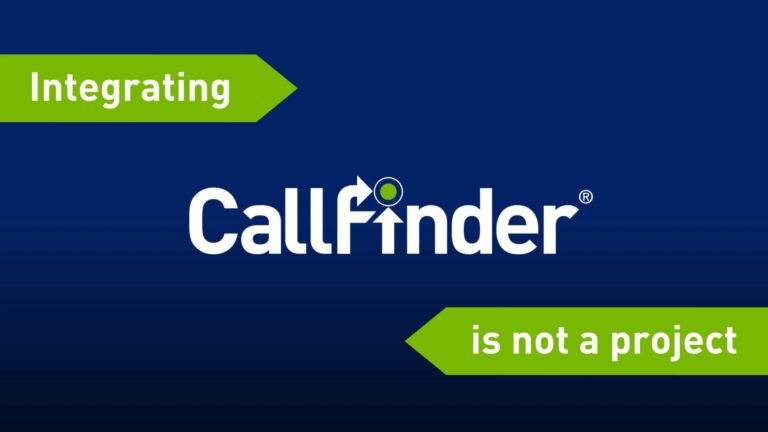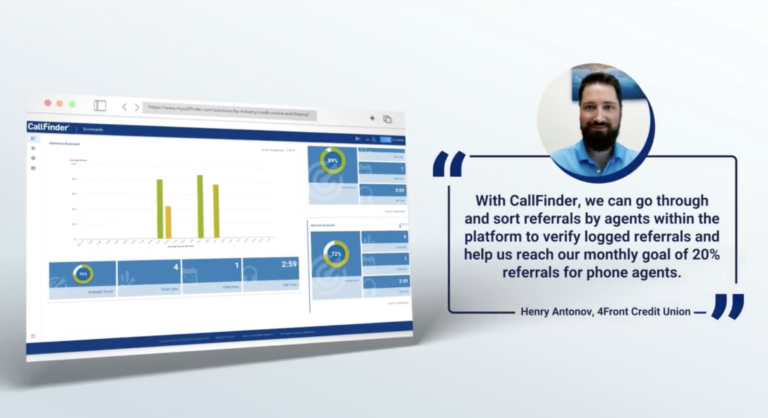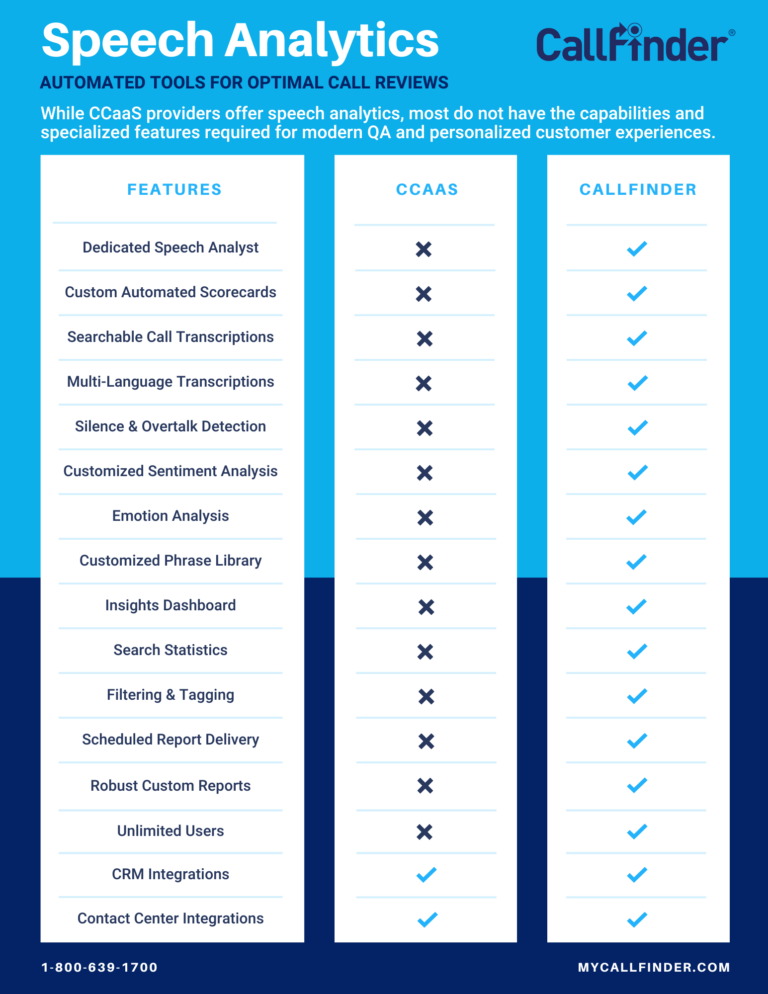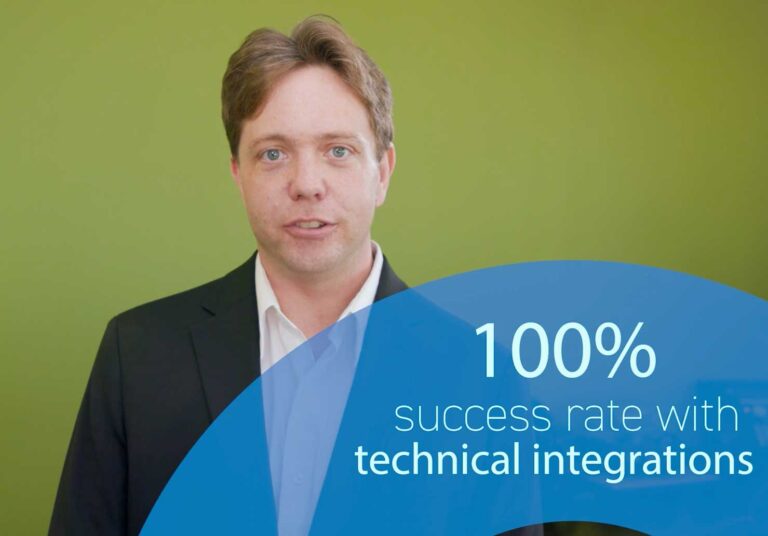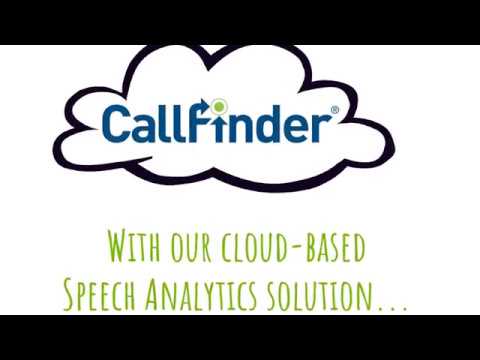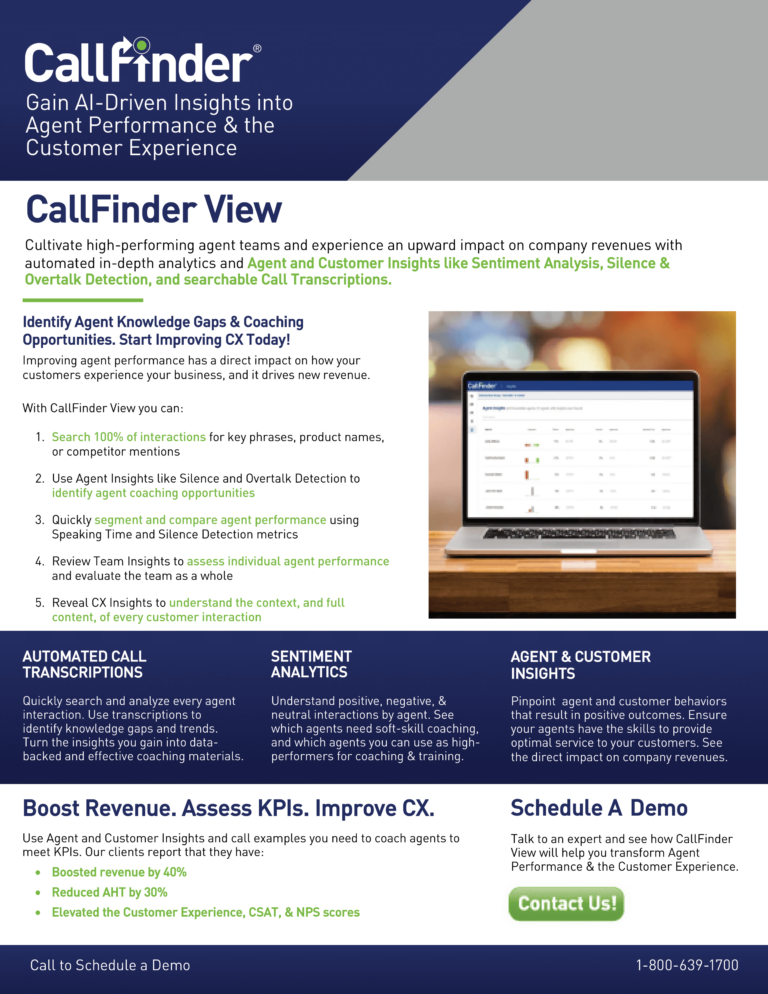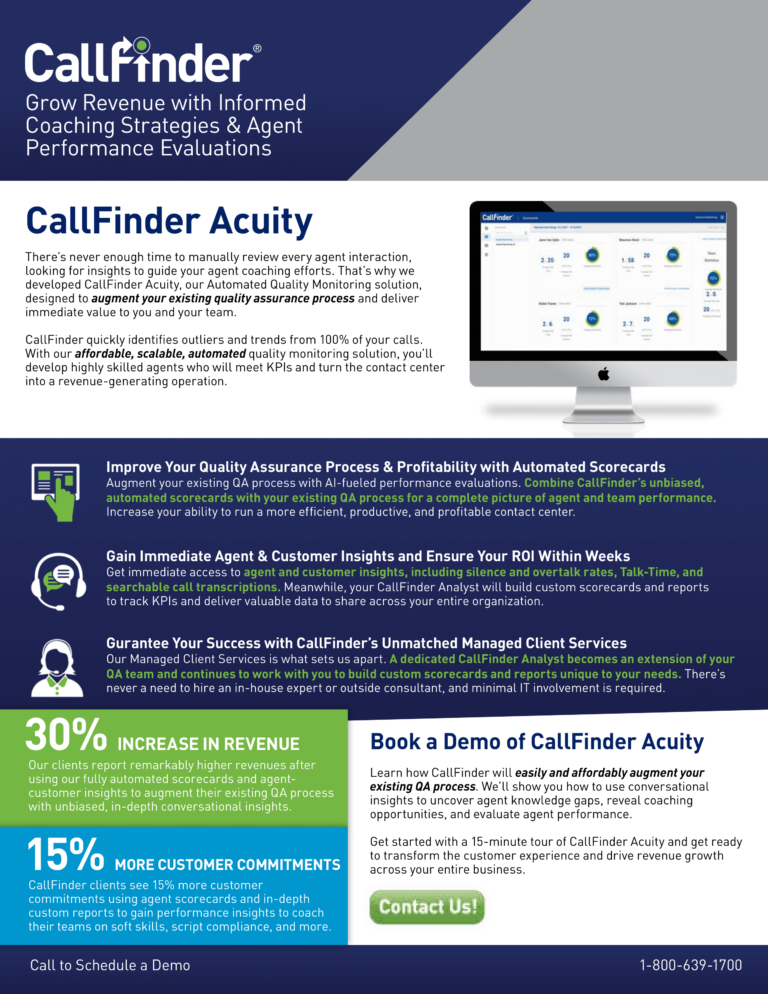Today’s call centers have evolved from simple support centers to strategic assets that directly impact customer experience and business outcomes. At the heart of this evolution lies a powerful combination: automated call transcripts and speech analytics. These technologies are transforming traditional call centers into data-driven, insight-generating powerhouses, creating competitive advantages that manual operations simply cannot match.
The Foundation: Automated Call Transcription
Automated transcription converts spoken conversations into searchable text that can be analyzed for any outcome. This seemingly simple capability creates tremendous downstream value:
- Searchable Knowledge Base: Every customer interaction becomes a searchable document, allowing managers to quickly find calls and solutions.
- Reduced Manual Documentation: Agents spend less time taking notes and more time focusing on customers.
- Compliance Documentation: Critical disclosures and required statements are automatically documented and verified.
- Historical Context: New agents can quickly review past interactions with specific customers, reducing repetition and frustration.
- Improved Coaching Strategy: Transcripts can be integrated into coaching strategies to help agents get up to speed faster.
The Technology Behind Accurate Transcription
Modern transcription relies on sophisticated speech-to-text engines powered by deep learning. Here are some examples:
- Managed Solution Models: These solutions include human analysts to help the system learn and understand context and adapt to different accents, dialects, and industry-specific terminology.
- Dual-Channel Capabilities: Advanced systems can differentiate between speakers, creating more structured and useful transcripts through dual channels.
- Sentiment & Emotion Analysis: AI algorithms tag specific emotions, such as frustration and satisfaction, and then score the relative strength and magnitude of the emotions on a normalized scale to gain a better pulse on CX.
- Long-Term Storage: Some speech analytics solutions hold transcripts for up to 12 months, making annual performance reviews easier for managers and agents.
Speech Analytics: Turning Conversations into Insights
When built on accurate transcriptions, speech analytics unlocks patterns and insights that would otherwise remain hidden:
Operational Improvements
Speech analytics identifies inefficiencies in call handling, revealing the following:
- Common customer pain points that increase call duration
- Reasons for repeat calls and escalations
- Best practices from top-performing agents that can be taught to others
- Call flow bottlenecks where customers frequently get confused
- Opportunities to update self-service options based on common inquiries
Quality Assurance at Scale
Traditional call centers can only review a tiny fraction of calls. With automated transcriptions and analytics:
- 100% of calls can be analyzed against quality standards
- Coaching becomes targeted and data-driven
- Training gaps are quickly identified and addressed
- Compliance violations are caught immediately rather than discovered during random sampling
- Performance metrics become more nuanced and meaningful
Voice of the Customer
Perhaps most valuable is the unfiltered customer feedback contained in every conversation:
- Product issues and enhancement requests
- Competitive intelligence when customers mention alternatives
- Early detection of emerging issues before they become widespread
- Shifts in customer sentiment and perception
- Unmet needs that could inform product development
Automated Transcripts: The Essential Foundation for Modern QA
Quality assurance in call centers has traditionally relied on manual reviews of a small sample of calls—typically just 1-3% of total volume. This approach creates several critical limitations:
Limitations of Manual QA
- Statistical Insignificance: Such small samples rarely represent the true agent performance.
- Delayed Feedback: By the time issues are identified, the problematic behaviors may be deeply ingrained.
- Subjective Assessment: Human reviewers bring inherent biases to evaluations.
- Resource Intensity: Manual QA requires dedicated staff who could be deployed to higher-value activities.
- Difficulty Scaling: As call volumes grow, maintaining even minimal coverage becomes challenging.
How Automated Transcripts Transform QA
Automated transcripts create the foundation for next-generation QA systems like CallFinder by enabling:
- 100% Calls Analyzed: Every customer interaction can be evaluated against quality standards.
- Objective Measurement: Clearly defined criteria can be consistently applied across all interactions.
- Immediate Identification: Issues are flagged in near real-time, allowing for immediate intervention.
- Pattern Recognition: QA systems can identify trends across thousands of calls that human reviewers would miss.
- Granular Insights: Analysis can be broken down by agent, team, inbound vs outbound calls, and other segments.
Critical Components of Transcript-Based QA Solutions
Modern QA platforms built on automated transcripts incorporate:
- Automated and Customizable Scorecards: Organizations can define and weight specific criteria that matter to their business faster and easier with customizable, automated scorecards.
- Script Adherence Monitoring: Systems automatically verify that required disclosures and greetings are included.
- Sentiment Analysis: Advanced systems assess agent and/or customer sentiment and emotional states throughout the call.
- Risk Detection: Automatic flagging of compliance risks, regulatory violations, or liability concerns.
- Performance Dashboards: Complete visibility into team and individual performance metrics, as well as coaching plans for each agent or agent team.
Why Manual QA Operations Will Fall Behind
Call centers still relying on traditional manual QA approaches face significant competitive disadvantages:
Speed and Agility Disadvantages
- Slower Issue Detection: Manual operations may take weeks to identify problems that automated systems catch in hours.
- Delayed Training Improvements: Curriculum updates lag behind emerging customer needs and product changes.
- Reactive Rather Than Proactive: Manual QA typically addresses problems after they’ve impacted customers (watch this short video to learn more about the benefits of proactive QA).
Stay tuned for Part 2, where we’ll explore the scale limitations, analytical disadvantages, and financial implications of manual QA operations, plus real-world business impacts, implementation strategies, and the future of call center technology.
In the meantime, schedule a quick tour of CallFinder to learn more about our automated QA solutions.

